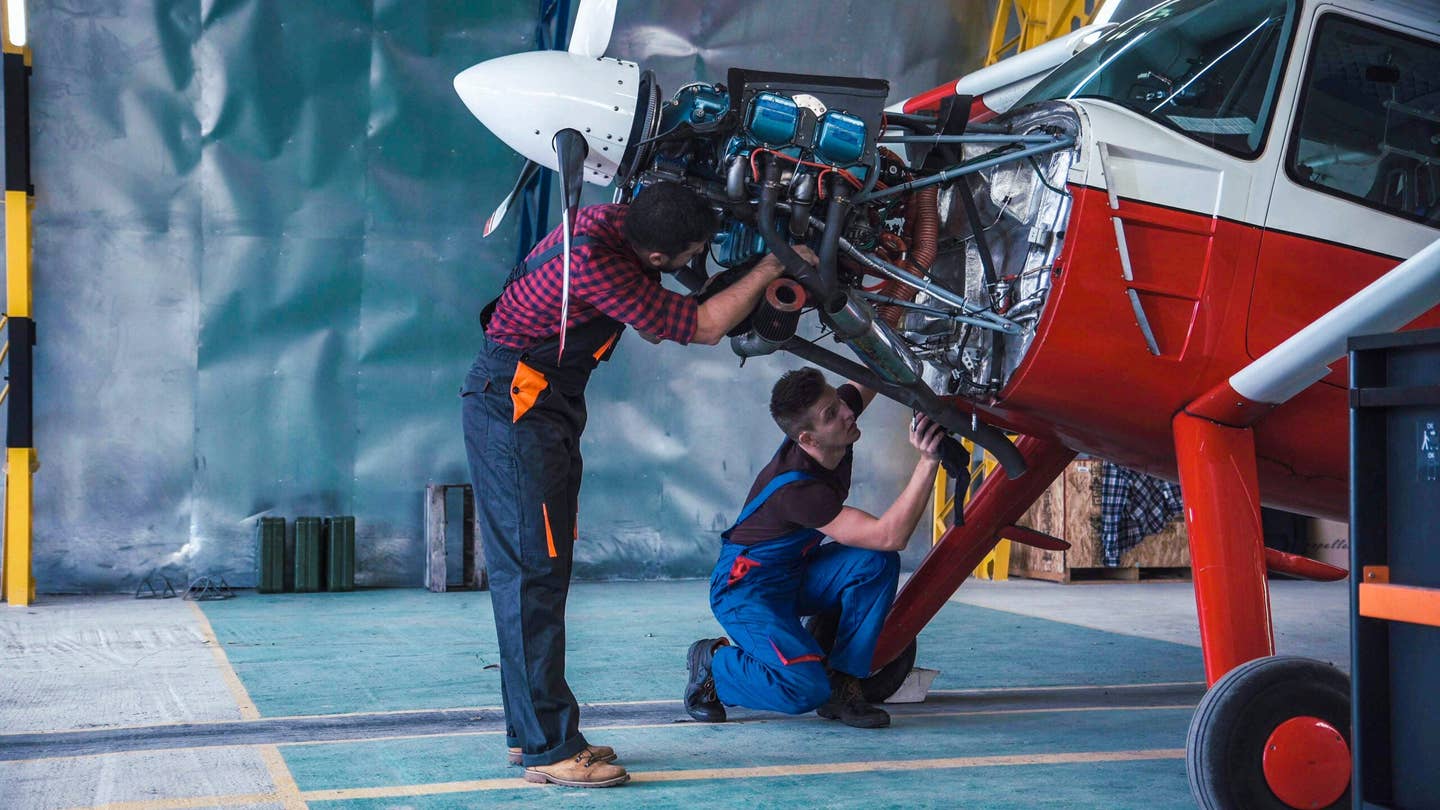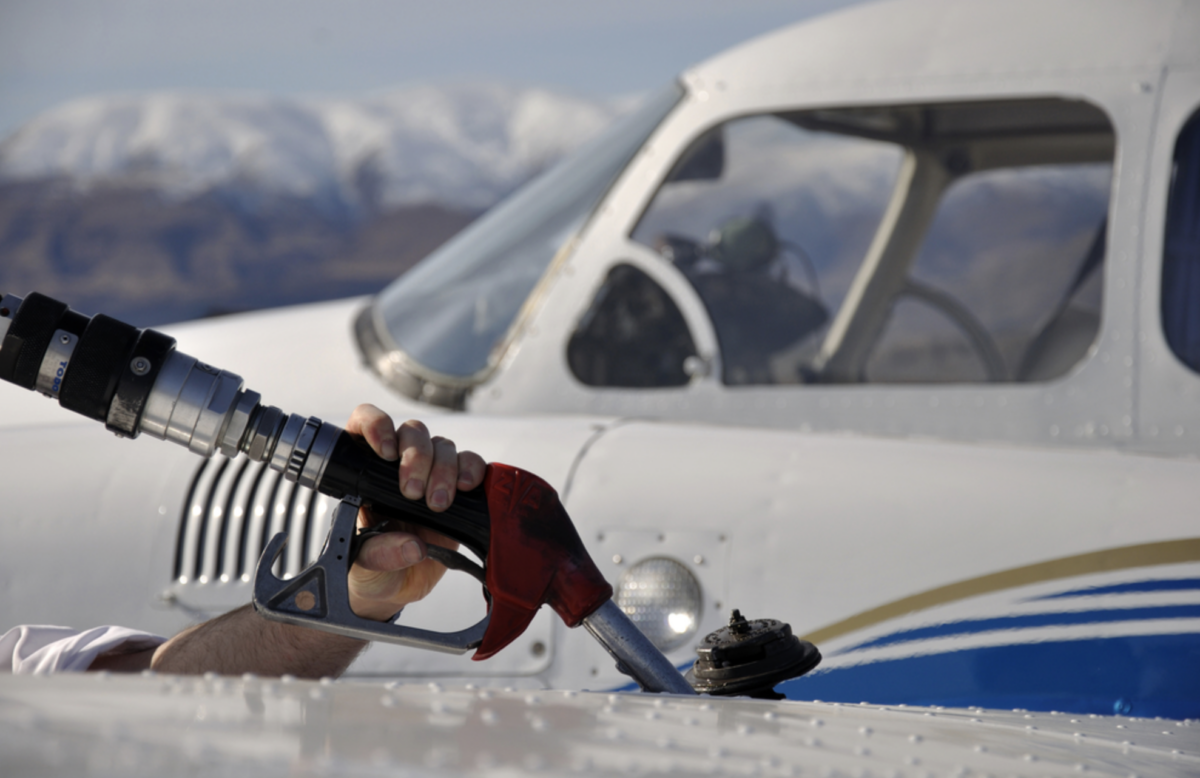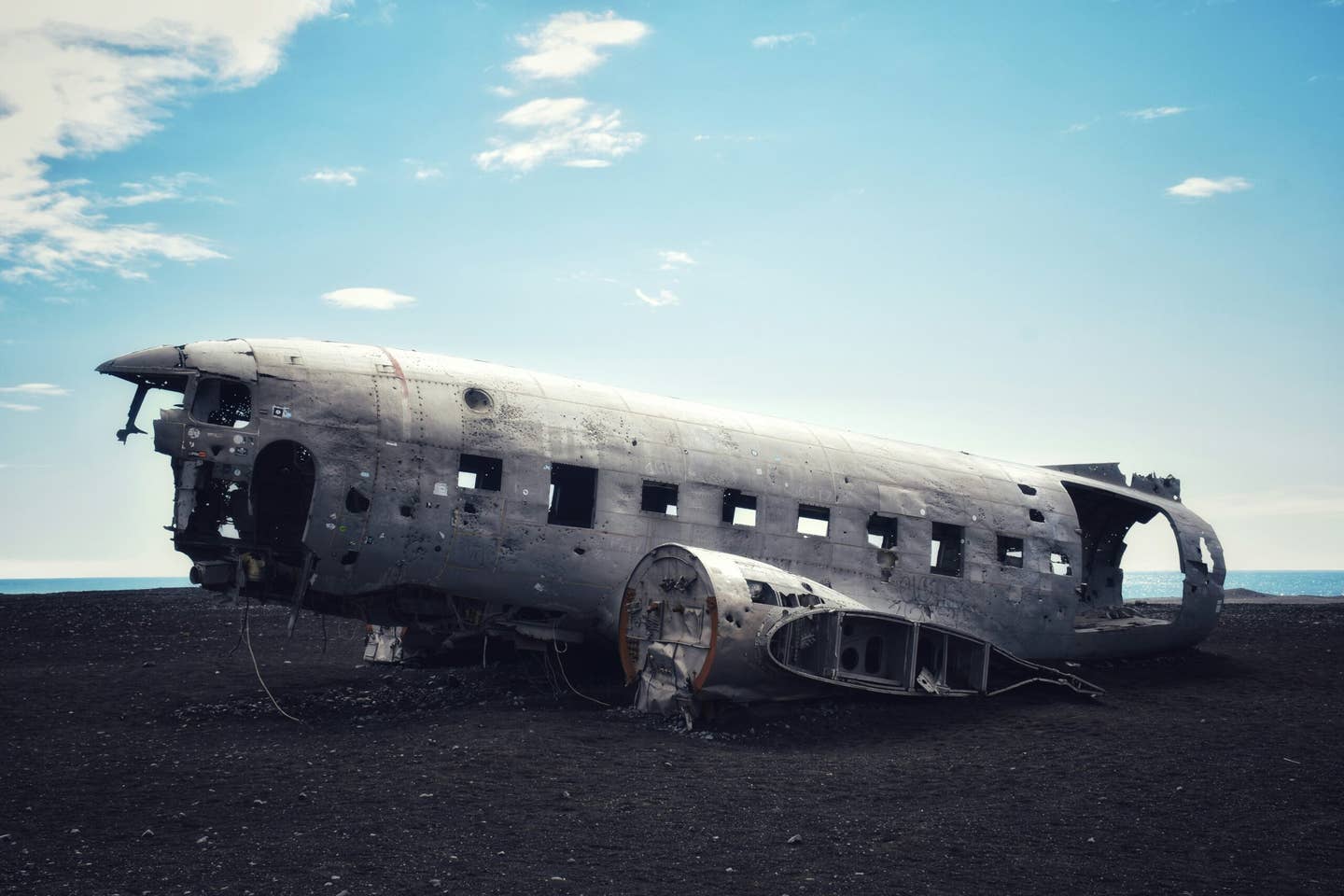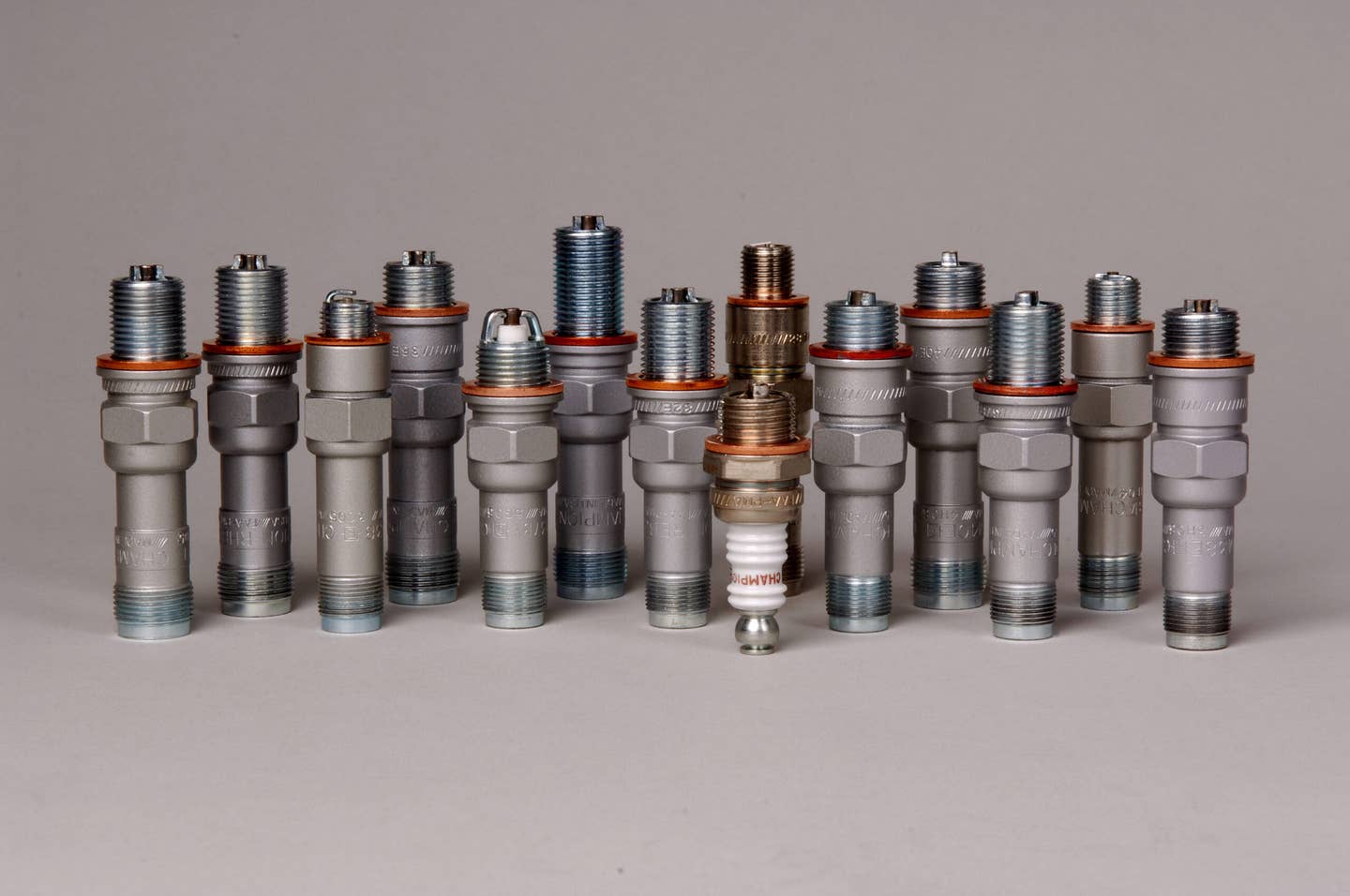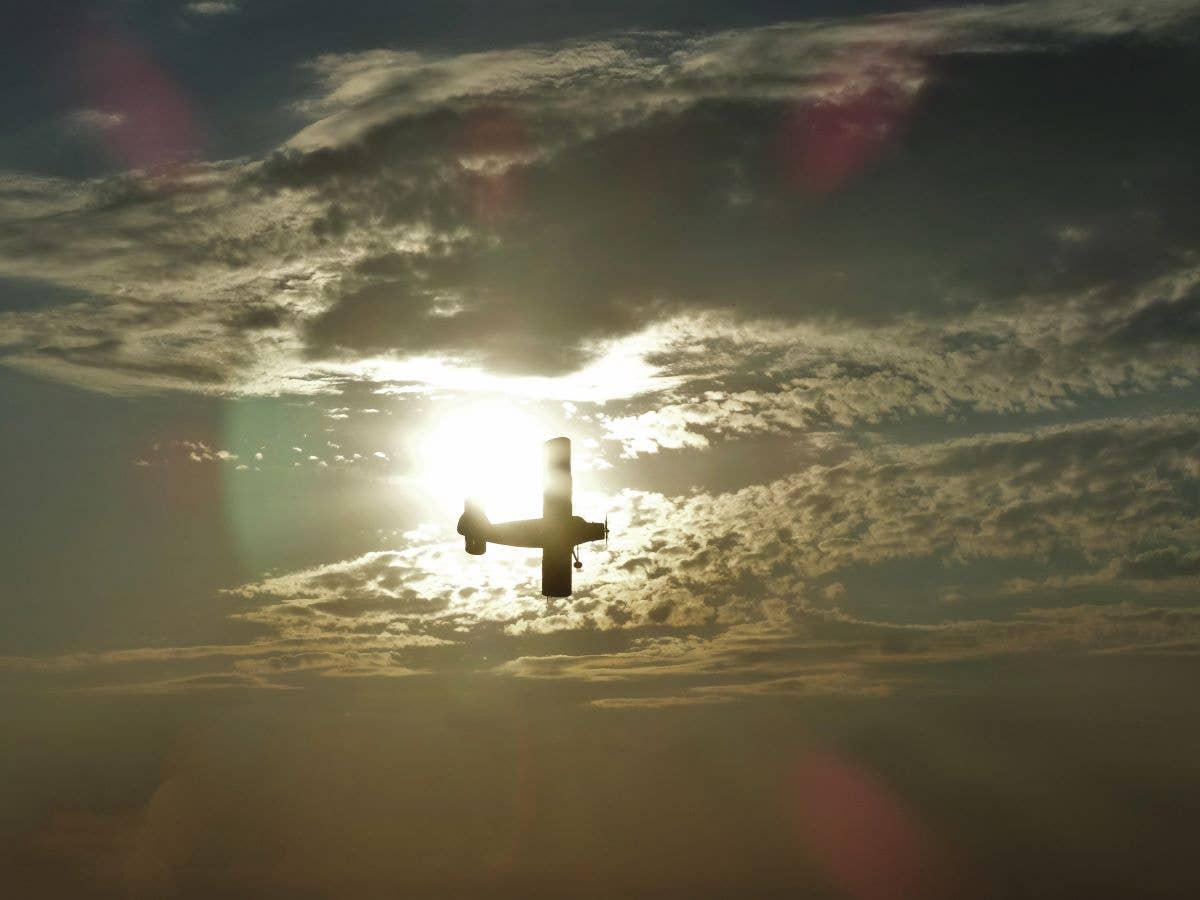Maintaining Your Aircraft: Steadfast and True
The Lycoming O-320 powers a significant fleet of airplanes.
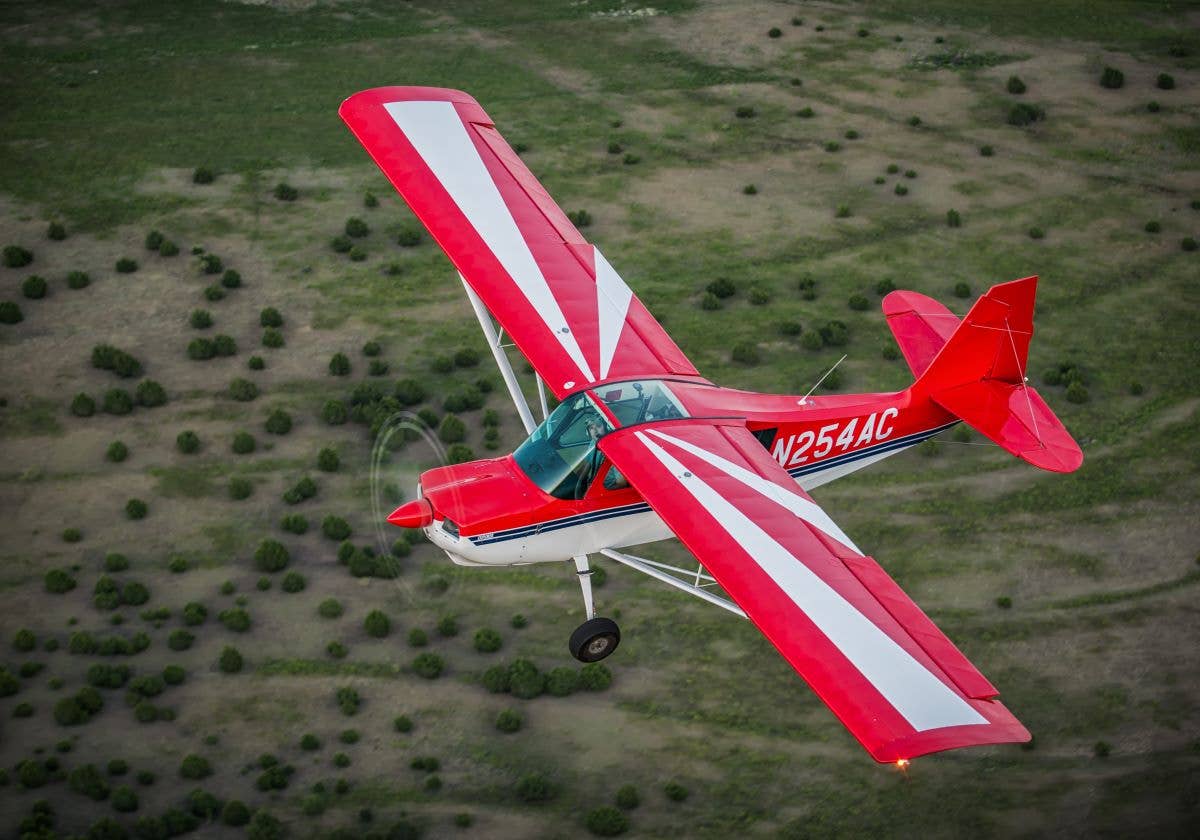
A Lycoming O-320 powered American Champion Aircraft Citabria Explorer 7GCBC. [FLYING file photo]
The town of Williamsport, Pennsylvania, may not be instantly recognizable to most. Some readers of FLYING Magazine may only fully understand its significance once I mention that it is the county seat of Lycoming County. Then it suddenly clicks. Yes, that Lycoming. Situated deep in the Pennsylvania Wilds Region, Williamsport is well known among the general public for hosting the Little League World Series each year. There is even a museum dedicated to Little League Baseball. Although the Lycoming factory may not make headlines, the company has quietly established itself as one of the cornerstones of general aviation. In an industry that has seen its fair share of entities rise and fall, the fact that Lycoming Engines not only still exists—but remains an industry leader—provides a testament to its brand.
History
Founded in 1845 as the Demorest Manufacturing Company, Lycoming has called Williamsport home from the beginning. Charles Lindbergh’s transatlantic flight ignited the company’s aviation spark, and in 1929, Lycoming began producing aircraft engines. Since then,the company has delivered many variations of aircraft engines, but none are as iconic as the O-320.
The FAA issued the first O-320 type certificate on July 28, 1953, and production began later that year. According to Type Certificate Data Sheet No. E-274, the O-320 characteristics represent a basic model—four-cylinder, horizontally-opposed, air cooled, direct drive with automotive type generator, and a starter providing for a single acting controllable pitch propeller. Lycoming later rebranded the original O-320 as the O-320-A1A.
If you're not already a subscriber, what are you waiting for? Subscribe today to get the issue as soon as it is released in either Print or Digital formats.
Subscribe NowJeff Schans, manager of customer development for Lycoming, offered the following insights. “The O-320 engine is very robust like all our engine lines. We have 320 power plant solutions on several of our original equipment manufacturers’ airframes, including both certified and experimental.”
While we could not substantiate data on the O-320 alone, Lycoming has just surpassed building 300,000 engines, a total that encompasses all models. Lycoming further states that there are an estimated 200,000 engines in service today.
While thousands of legacy aircraft are still flying, the company continues to innovate and keep the O-320 up to speed with the industry. In 2005, Lycoming introduced new valve-train roller tappet technology—the first significant aircraft reciprocating advancement in more than a decade. According to a Textron news release, the "roller tappet eliminates the sliding motion between the cam and tappet, improving wear and allowing the introduction of more advanced materials." We encountered roller tappets at my aircraft engine shop and saw success with cam wear.
Recently certified, the Lycoming Electronic Ignition system, dubbed Integrated Electronic Engine (iE2), is the latest innovation to come on the market for O-320 series engines.
Variations & Applications
In 1968, Cessna selected the O-320-E2D (Lycoming part number 9794) to power its new 172, the Model I, marking Lycoming’s introduction to the legendary airframe. In 1977, the 172N delivered from the Cessna factory was equipped with the infamous Lycoming O-320-H2AD (part number 10282) engine. This 160 hp option was the first 172 to run the industry standard 100LL, a move away from 80/87 octane fuel. Armed with a D4RN-3000 dual magneto, barrel-style hydraulic lifters, stamped rocker arms, and lack of accessory housing, this would be unlike any 320 you have ever seen. As this was a 320 in name only, the beleaguered powerplant never achieved the reliability of its predecessor, the -E2D.
Cessna corrected its misstep of the previous model with the 172P, and returned to the more standard O-320-D2J. At 160 hp, it served as a boost to the 150 hp -E2D, but without the struggles of the -H2AD. A 180 hp IO-360-L2A drives the latest Cessna 172S Skyhawk, delivering more power and modernizing this iconic airframe.
FLYING has a long history with the Lycoming O-320 engine. Named one of the Top 50 Amazing Aircraft Engines in 2014, FLYING said about the little engine that could, “The bottom line is the O-320 delivers reliability, affordability, and familiarity.” In a mid-2021 article, it announced General Aviation Modifications, Inc. (GAMI) announced the STC for its G100UL avgas, and the first aircraft powerplants it selected were the Lycoming O-320, O-360, and IO-360 (STC SA01967WI SE01966WI). Piper is another aircraft manufacturer utilizing the O-320 series engine. The Piper PA-28-140 Cherokee has either an O-320-E2A or an O-320-E3D engine. During my tenure as an aircraft engine shop owner, we helped Middle Georgia State University maintain its Piper Warrior fleet, which used an O-320-D2A powerplant.
Flight school operations are demanding, and fleet readiness is critical. However, safety is at the forefront of every decision regarding students. Frequent oil changes, strict adherence to scheduled maintenance, and a reliable engine platform kept Middle Georgia at the top of any flight school list.
While most think of production aircraft when discussing powerplants, a sizable flying community of amateur builders also needs solutions to power their creations. One of the top kit airplane producers in the country, Van's Aircraft, uses Lycoming O-320 series engines on multiple platforms. Van’s RV-4 and RV-6/6A use the 150/160 hp O-320. The RV-7/7A and RV-8/8A can accommodate O-320, and the RV-9/9A is suitable for Lycoming engines in the 118 hp to 160 hp range.
A direct quote from Van’s reads: “These engines are the most readily available, affordable, and reliable of the possible choices. One can use other aircraft engines of similar configuration, weight, and power, but only the Lycoming will fit the mounts and cowls supplied with our kits."
Importance to General Aviation
Aircraft maintenance is the heartbeat of any aviation organization. While Lycoming publishes technical documents to advise best maintenance practices, people still need to interpret and implement the instructions. For powerplant maintenance, a good engine shop can help keep your O-320 running like new.
J.D. Kuti, president of Pinnacle Aircraft Engines, LLC, sees the full spectrum of aircraft engines at his shop in Silverhill, Alabama, but the O-320 series is one of his favorites. I spent some time with Kuti and wanted to know why he enjoys 320s so much.
“The O-320 engine is one of our most popular engines at Pinnacle,” said Kuti. “Most flight schools in the United States have fleets powered by the Lycoming O-320 series engine. Another thing to remember is several entry-level airframes have the O-320 series as the powerplant. For some, the O-320 is their first engine experience.”
The versatility of the O-320 allows it to serve in a variety of applications. The engine mounts are made as part of the crankcase casting and can be straight-mounted (Conical) or angled (Dynafocal). O-320 cylinder configurations are as varied as the airframes they serve.
Early configurations were standard flange, also known as narrow-deck. Later, Lycoming upgraded the design to a wide deck. To keep things interesting as time moved on, there is also a thin wide deck. The cylinder studs in the crankcase are unique to each of the cylinder variants.
Although most O-320 engines are configured for fixed-pitch propellers, some have parameters for a constant speed configuration for a handful of airframes. The O-320 engines come in both 150 hp and 160 hp. The FAA has an STC to convert 150 hp to 160 hp, depending on the selected airframe.
O-320 Nuances
“The Lycoming O-320 engine is one of the most reliable engines in the aftermarket today,” said Kuti. “Maintenance is relatively straightforward on these engines. Over time, you learn the little things not addressed in the technical publications.
"Most of the airframes powered by O-320 engines, both the upper and lower cowling, are removable, allowing plenty of access to the engine. One of the struggles in maintaining Lycoming O-320 engines today is getting new cylinders. The supply chain remains constrained after the pandemic. "Thankfully, plenty of used cylinders are still out there, and depending on their history can make nicely overhauled cylinders,” he says.
My First Lycoming
“Building my first Lycoming O-320 was a lot of fun,” Kuti continued. “I first researched the service instruction letters (SILs), service bulletins, and airworthiness directives. The factory prefers to communicate through service documents; several updates and product improvements have yet to be integrated into the overhaul manual. I remember trying to find the torque specification for the crankshaft gear bolt. It wasn’t in the manual or the torque specs table.”
“After searching several locations and coming up empty, I asked and was directed to a service bulletin, which had what I needed. I recommend to anyone wanting to home-build an engine for their kit plane to do extensive research on the front end or find an experienced engine builder and ask about an owner-assist build. Frequently they have knowledge not listed in any manual.”
One concern owners, operators, and maintainers have is related to the reliability of the equipment they use. The O-320 series, although highly reliable, has tricky areas, such as the camshaft and tappet bodies, which are prone to corrosion and spalling. Kuti mentioned searching ADs when rebuilding his first 320, and while the FAA database is an excellent place to start, sometimes you need a more specific approach.
Jim Thomas, president/CEO of Tdata, Inc., offers the following insight on ADs and other O-320 tech pubs. “Most of our products break them down by dash number, but someone can also run a listing for the O-320 series. It is important to note that appliance ADs (such as magnetos) are not included in this report. You will need to search by the component manufacturer, such as Champion Slick for magnetos, Marvel-Schebler for carburetors, and Hartzell for a propeller governor. This configuration is only an example list of accessories for the O-320.
"Other formats would require searching by that specific manufacturer. Also, be aware of supercedures, obsolescence, and company mergers and acquisitions,” he concludes. Wise counsel.
Going to Lycoming School
The Lycoming O-320 aircraft engine is dependable, versatile, and iconic to general aviation. These horizontally opposed, air-cooled, reciprocating engines power everything from the Italian helicopter Aero Eli Servizi Yo-Yo 222 to the homebuilt Wittman W-8 Tailwind, and many more—not bad for what a friend at work calls “a souped-up VW engine.”
For those who want total immersion into the O-320 and other Lycoming models, the company has a school anyone can attend. Lycoming’s Piston Engine Service School program at the Lumley Aviation Center is a five-day extensive training program for owners/operators, aviation maintenance technicians, pilots, and airplane enthusiasts. The school is an excellent experience for homebuilders and a qualification for the IA renewal program FAR 65.93(a)(4). For more information, please get in touch with the Pennsylvania College of Technology.
This is what is so great about aviation life. The brand new entry-level aviation hobbyist and the dyed-in-the-wool A&P veteran could be side by side at the Lycoming school, each gaining knowledge and honing their craft. Do you have O-320 experience or a fond memory? I would love to hear your thoughts, musings, and tales.
This article was originally published in the February 2023 Issue 934 of FLYING.

Subscribe to Our Newsletter
Get the latest FLYING stories delivered directly to your inbox


